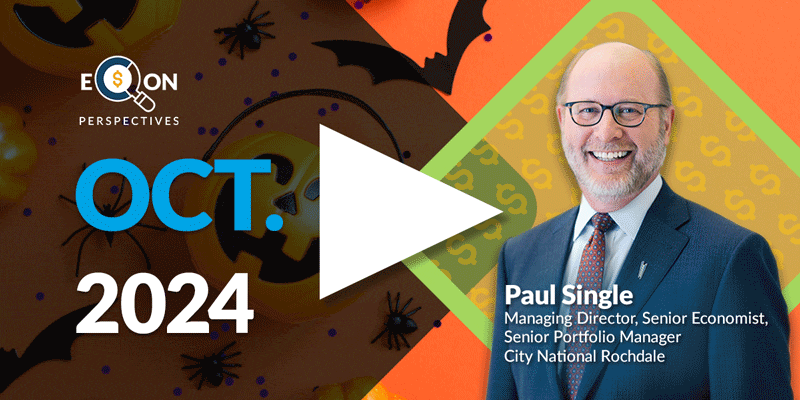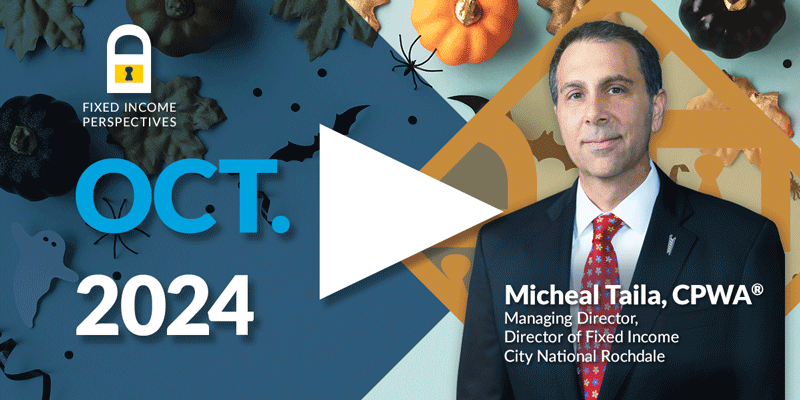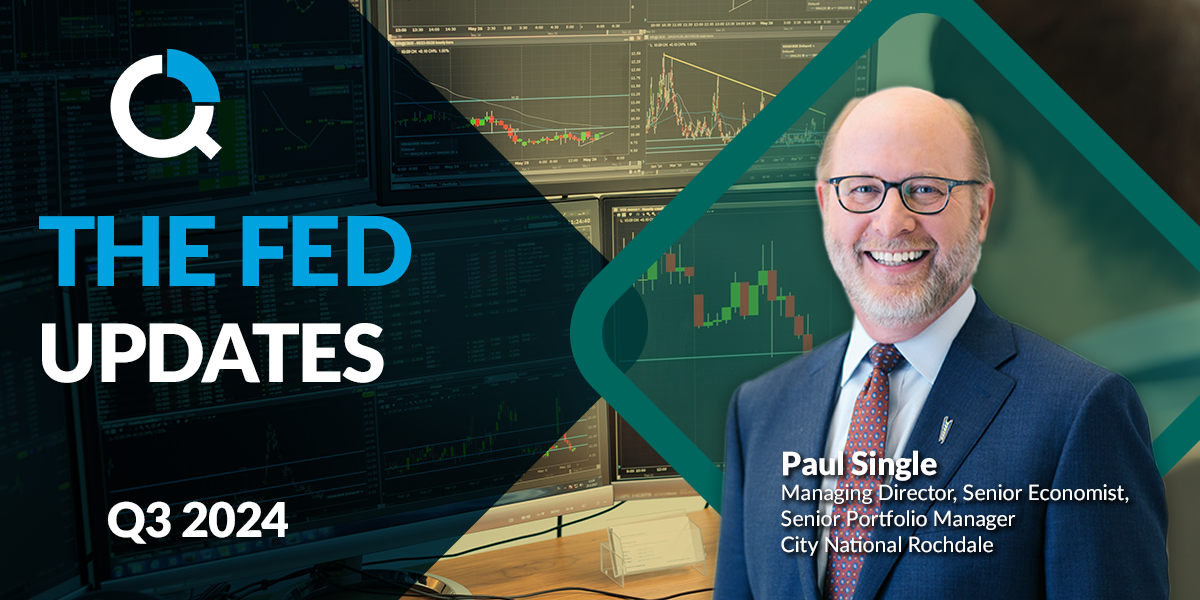

FAQs on the Markets and Economy
What is the Fed’s Current Plan for Interest Rates and Their Bond Portfolio?
The Fed signaled they are likely to raise interest rates at their March meeting. They have also reaffirmed the plan to end their bond purchases that month. Over the next few months, they plan to announce plans to reduce the size of their bond portfolio.
The Fed has historically played it conservatively in the early stage of a rate hike cycle. That is why we believe they will hike rates at their March meeting by 25 bps. Although there are many articles about the need for a 50 bp increase, we think that is nuts. The Fed hasn’t made a 50 bp hike since the mid-1990s. Keep in mind that the federal funds rate was around 4.0% back then. So a 50 bp increase had a smaller impact than a 25 bp hike now, when the rate is 0.125%.
The Fed’s portfolio is nearly $9 trillion in size, more significant than the peak following the global financial crisis, in absolute terms ($4.5 trillion bigger) and relative terms (now at 38.2% of GDP; the previous peak was 25.5%). The large portfolio was an effective tool in bringing down longer-term interest rates, but that stimulus is no longer needed. Unlike last time, when the Fed maintained the balance sheet near the peak level for 2.5 years, this time they plan to start reducing it quickly. Last time around, they needed to keep the balance high to provide stimulus; the economy wasn’t nearly as strong as it is today (back then, CPI averaged 1.1%, and the unemployment rate averaged 5.0%, now those rates are 7.0% and 3.9%).

How Strong Was the Recent GDP Report?
GDP ended the year on a strong note, rising an impressive 6.9%. For 2021, GDP grew 5.7%, the fastest full-year clip since 1984.
Of the 6.9% growth, 4.9 percentage points were attributed to increases in inventories. There was a high level of inventory accumulation due to the year-end increase in Omicron that caused an abrupt dip in consumer spending. Inventory swings are always a wild card. They are notoriously difficult to forecast. Over time, they tend to be flat in a normal business cycle. But these are not normal times, and inventory has fallen significantly over the previous three quarters due to strong consumer demand and supply chain complications. That is the economy we live in now; there are large swings in data due to the ebbs and flows of COVID-19.
Consumption growth was up 3.3%, more robust than Q2’s 2.0%. Almost all that growth happened in October. It is nowhere near the stratospheric levels of growth of Q1 and Q2, which were high due to stimulus checks being sent to most households at the beginning of each quarter. Consumption growth, which has been robust this expansion, will soon return to a more sustainable pace due to the lack of future stimulus payments. That said, spending habits are shifting away from goods toward services, specifically health care, recreation, and transportation. This should help put some downward pressure on inflation.

Are Higher Interest Rates a Threat to the Bull Market?
Slower but still robust economic growth, high inflation, and upcoming Fed rate hikes complicate the investment landscape for the year ahead. We think that this backdrop translates into a continuation of the bull market, though with lower returns and more volatility.
Stocks often initially struggle to adjust to changing policy conditions, particularly within the three months after the first Fed hike, but historically they have done very well early in rising rate environments because they tend to coincide with strong economic activity.
It is important to remember that even if the Fed hikes rates four times as priced in, policy will be far from restrictive. Although returns tend to moderate after tightening begins, equities haven’t normally run into trouble until the end of the cycle when the yield curve inverts.
While equity markets, in general, should be able to absorb higher bond yields over time, some stocks will likely do better than others. Speculative and growth-oriented equities, for example, may be more vulnerable to valuation pressures from interest rate increases, and we recommended focusing on high-quality companies selling at reasonable valuations, supported by strong earnings and cash flows.
Given our outlook for sustained economic expansion and above-average earnings growth, we would view any Fed-driven pullbacks or corrections as an opportunity to add quality investments at lower prices.

How Will Municipal Bonds Be Impacted by Fed Rate Increases?
These days the unavoidable question for municipal bond investors is “what will happen to my bond portfolio” as the Federal Reserve enters a period of monetary tightening. The Federal Reserve is expected to begin raising the Federal Funds rate at their next meeting on March, 4th. The chart below provides a helpful visual of the power of income generation during a tightening cycle. Despite the 2% increase in the Fed Funds rate from December 2015 to December 2018, the broad municipal index posted a cumulative total return of 7.82% during the tightening cycle. Income generation and reinvestment of that income stream into higher-yielding bonds helped drive the positive performance.
As the Federal Reserve embarks on another tightening cycle, investors must remember why municipal bonds are an important asset class in their overall portfolio: tax-exempt income and low volatility relative to equities, opportunistic fixed income, and other risk assets. Particularly early in the tightening cycle, municipal bond investors may experience enhanced volatility in their bond prices as the market recalibrates to a more “normal” post-pandemic world. In fact, January has experienced increased volatility across all financial markets due to the impending tightening, with municipal bonds outperforming equities. Therefore, even if municipal bond returns are low or slightly negative for a period of time, the asset class still provides diversification benefits to a balanced portfolio. We recommend that investors stay the course and allow volatility to be their friend by reinvesting coupons and maturing bonds into higher-yielding bonds as the Fed raises the overnight lending rate.

Important Disclosures
Index Definitions
The Standard and Poor's 500 (S&P 500) is a stock market index tracking the performance of 500 large companies listed on stock exchanges in the United States.
Important Disclosures
The information presented does not involve the rendering of personalized investment, financial, legal, or tax advice. This presentation is not an offer to buy or sell, or a solicitation of any offer to buy or sell, any of the securities mentioned herein.
Certain statements contained herein may constitute projections, forecasts, and other forward-looking statements, which do not reflect actual results and are based primarily upon a hypothetical set of assumptions applied to certain historical financial information. Certain information has been provided by third-party sources, and although believed to be reliable, it has not been independently verified, and its accuracy or completeness cannot be guaranteed.
Any opinions, projections, forecasts, and forward-looking statements presented herein are valid as of the date of this document and are subject to change.
There are inherent risks with equity investing. These include, but are not limited to, stock market, manager, or investment style risks. Stock markets tend to move in cycles, with periods of rising prices and periods of falling prices.
Investing in international markets carries risks such as currency fluctuation, regulatory risks, and economic and political instability.
There are inherent risks with fixed income investing. These may include, but are not limited to, interest rate, call, credit, market, inflation, government policy, liquidity, or junk bond risks. When interest rates rise, bond prices fall. This risk is heightened with investments in longer-duration fixed income securities and during periods when prevailing interest rates are low or negative.
Investing involves risk, including the loss of principal.
As with any investment strategy, there is no guarantee that investment objectives will be met, and investors may lose money.
Past performance is no guarantee of future performance.
This material is available to advisory and sub-advised clients, as well as financial professionals working with City National Rochdale, a registered investment advisor and a wholly-owned subsidiary of City National Bank. City National Bank provides investment management services through its sub-advisory relationship with City National Rochdale.
Stay Informed.
Get our Insights delivered straight to your inbox.
Put our insights to work for you.
If you have a client with more than $1 million in investable assets and want to find out about the benefits of our intelligently personalized portfolio management, speak with an investment consultant near you today.
If you’re a high-net-worth client who's interested in adding an experienced investment manager to your financial team, learn more about working with us here


